Results for "Electronic images"

A Day for Electronic Records
- Date: October 10, 2017
- Creator: Lynda Schmitz Fuhrig
- Description: Today is the day to shine the spotlight on electronic records, as Oct 10 marks the sixth Electronic Records Day.Sponsored by the Council of State Archivists (CoSA), this day is “to raise awareness among state government agencies, the general public, related professional organizations, and other stakeholders about the crucial role electronic records play in their world.” CoSA
- Blog Post
What Does an Electronic Records Archivist Do?
- Date: August 10, 2010
- Creator: Lynda Schmitz Fuhrig
- Description: Do you still work with 3.5-inch diskettes? How about 5.25-inch floppy disks and Zip disks? I do. As an electronic records archivist at the Smithsonian Institution Archives, I spend most of my time working with digital information to help ensure it will be accessible in 5, 25, or even 100 years from now. Born-digital materials arrive at the archives in a variety of ways (CDs,
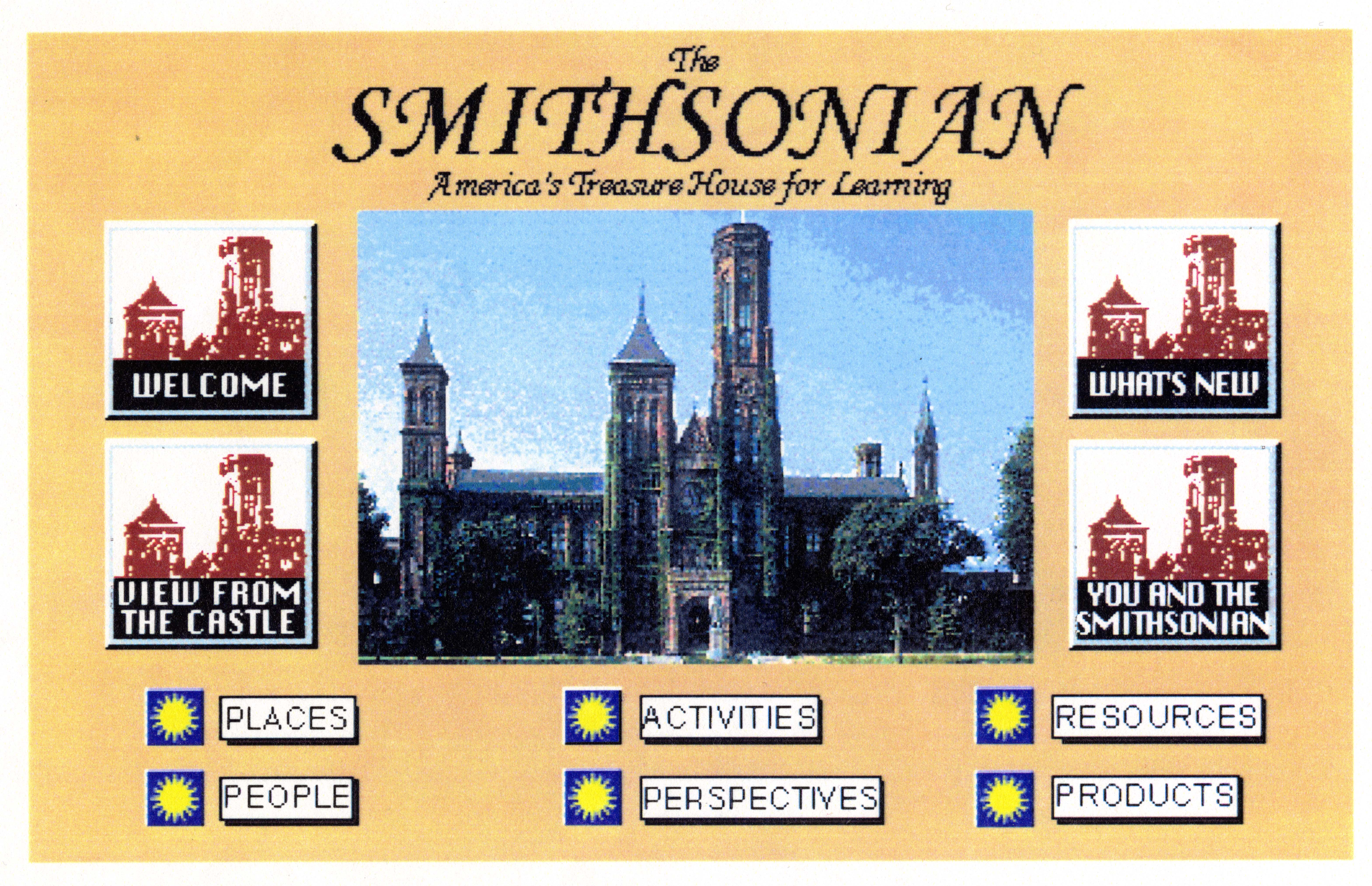
The Electronic Smithsonian
- Date: May 7, 2015
- Creator: Jennifer Wright
- Description: A look back at the first Smithsonian home page, launched 20 years ago.
- Blog Post
And the Winner Is . . . Photography!
- Date: October 9, 2009
- Creator: Marvin Heiferman
- Description: [caption id="attachment_2474" align="aligncenter" width="300" caption="Silicon Eye, from the inner core.... the 5 Megapixel CCD sensor that electronically captures the image, by Flickr user jurvetson."][/caption] The Nobel Prize jury recently announced three winners in physics, who’ve been dubbed "the masters of light" for their innovations in the ways photographic images are
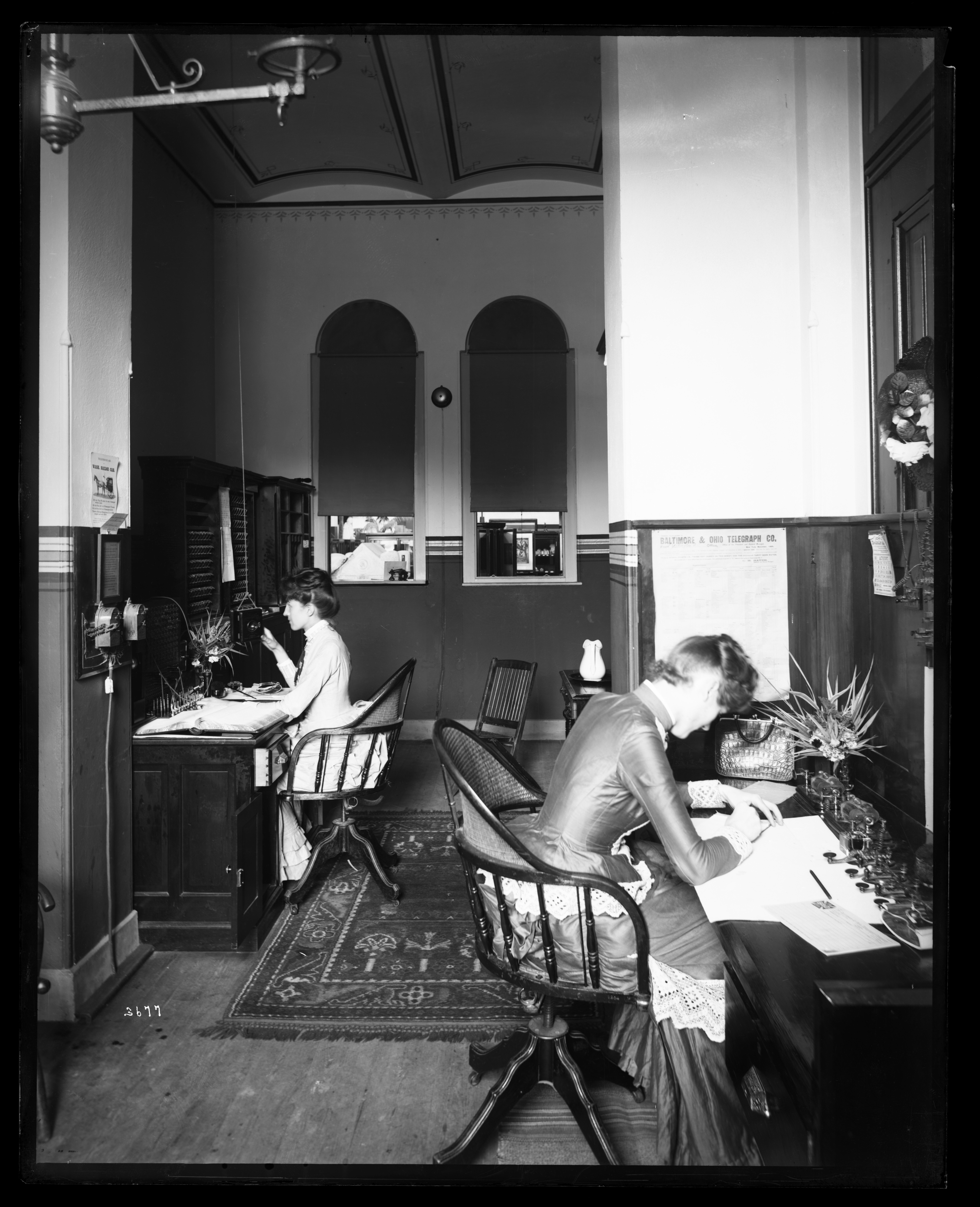
Archives Puzzles: Call Me Any, Anytime
- Date: March 1, 2021
- Creator: Emily Niekrasz
- Description: Have a little fun with images from our collections that have been designated as open access. Anyone can now download, transform, share, and reuse millions of images as part of Smithsonian Open Access.
- Blog Post
Online Soul
- Date: June 7, 2010
- Description: One of the goals of THE BIGGER PICTURE blog is to highlight stories about the ways images delivered in an online environment can describe extraordinary events or comment equally powerfully on our everyday life. Our contributors talk about collections at the Smithsonian, about images or archives that are making headlines, or about people that make, care for, and think about
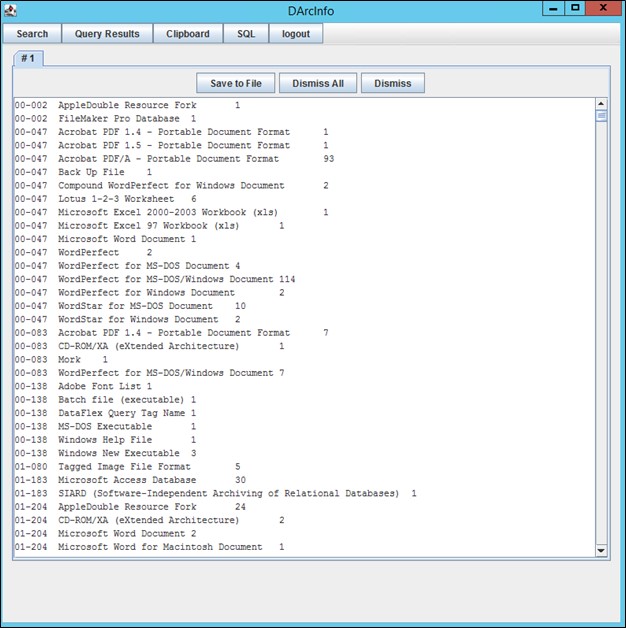
Assessing File Format Risk for Born-Digital Preservation Planning
- Date: August 3, 2021
- Description: In addition to physical damage and deterioration of storage media, the technological complexity and dependency of electronic records make them uniquely vulnerable to loss, corruption, and alteration (both accidental and malicious). To achieve long-term preservation of fragile born-digital materials, digital archivists need a plan.
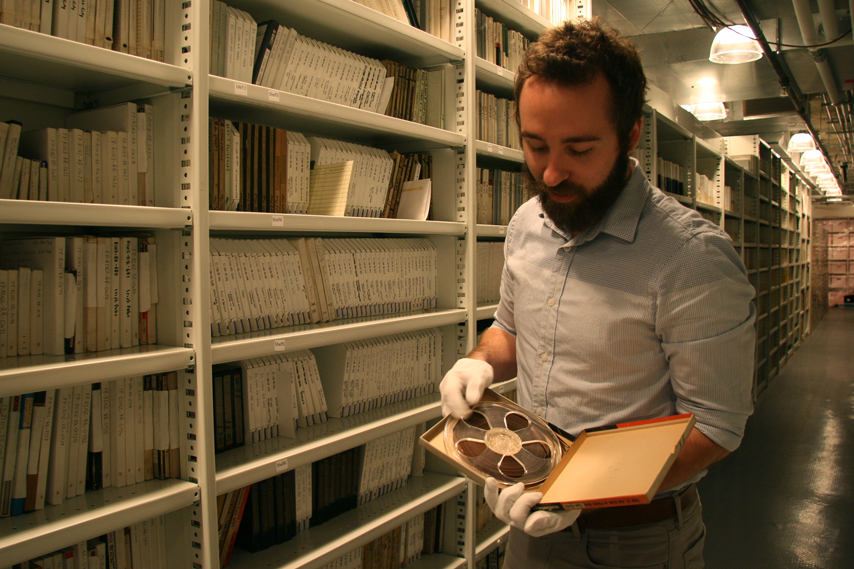
Ask an Archivist: Bring Your Questions Monday, October 27
- Date: October 24, 2014
- Creator: Effie Kapsalis
- Description: In celebration of Archives Month, join us Monday, October 27th, 10am to 4pm ET, where four of our archivists specializing in audio/visual material, photos, and digital records (or electronic records) will be on the Smithsonian's Facebook page to answer questions about your own archival collections. Questions from our readers in the past have ranged from storing letter and

Saving the Treasures from the Morgue
- Date: June 28, 2012
- Description: US newspapers have rich photo archives that need attention to make sure they are around for future generations.
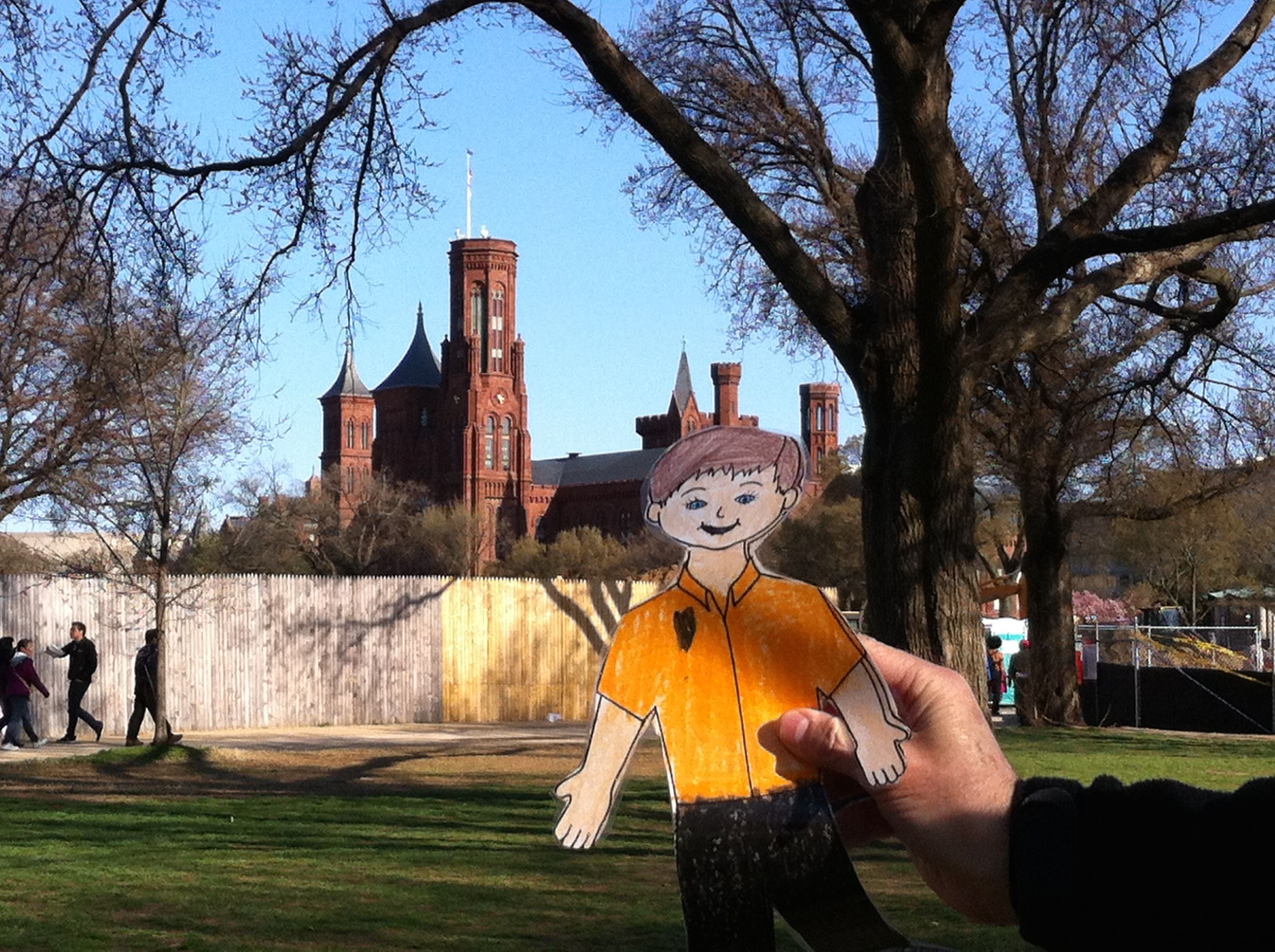
Science Service, Up Close: The Microvivarium
- Date: May 12, 2015
- Creator: Marcel Chotkowski LaFollette
- Description: Today’s science museums build on the efforts of biologist George Roemmert (1892-1952), whose “Microvivarium” projected images of amoebas and other microscopic creatures.

The Smithsonian Goes Telephonic in 1878!
- Date: June 28, 2018
- Creator: Pamela M. Henson
- Description: [edan-image:id=siris_sic_9592,size=200,left]Did you know the Smithsonian was an early adopter of the telephone? In June of 1878, a system of electronic bells and telephones was installed throughout the Smithsonian Castle. The system connected several workrooms and offices to provide instant communications within the building. At that time, there were only 187 telephone lines
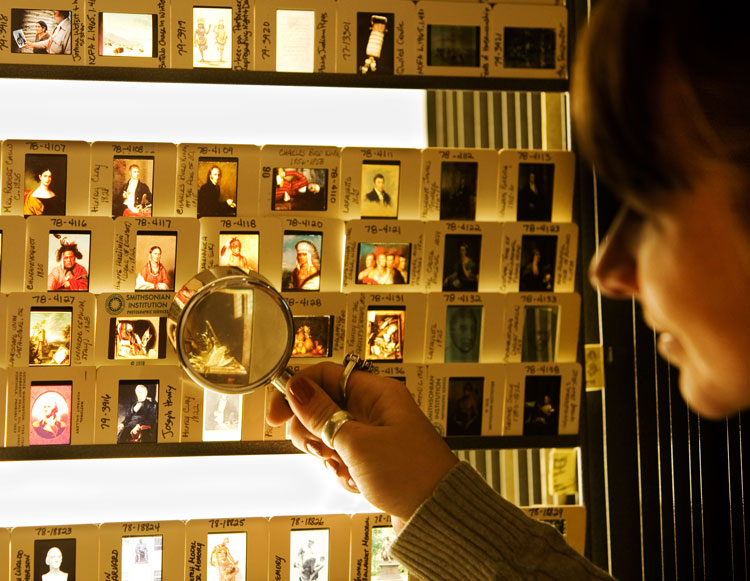
Ask an Archivist: Bring Your Questions October 29th
- Date: October 28, 2013
- Creator: Effie Kapsalis
- Description: Ask Smithsonian conservators and archivists questions about your personal collection on Facebook, Tuesday, October 29th.
